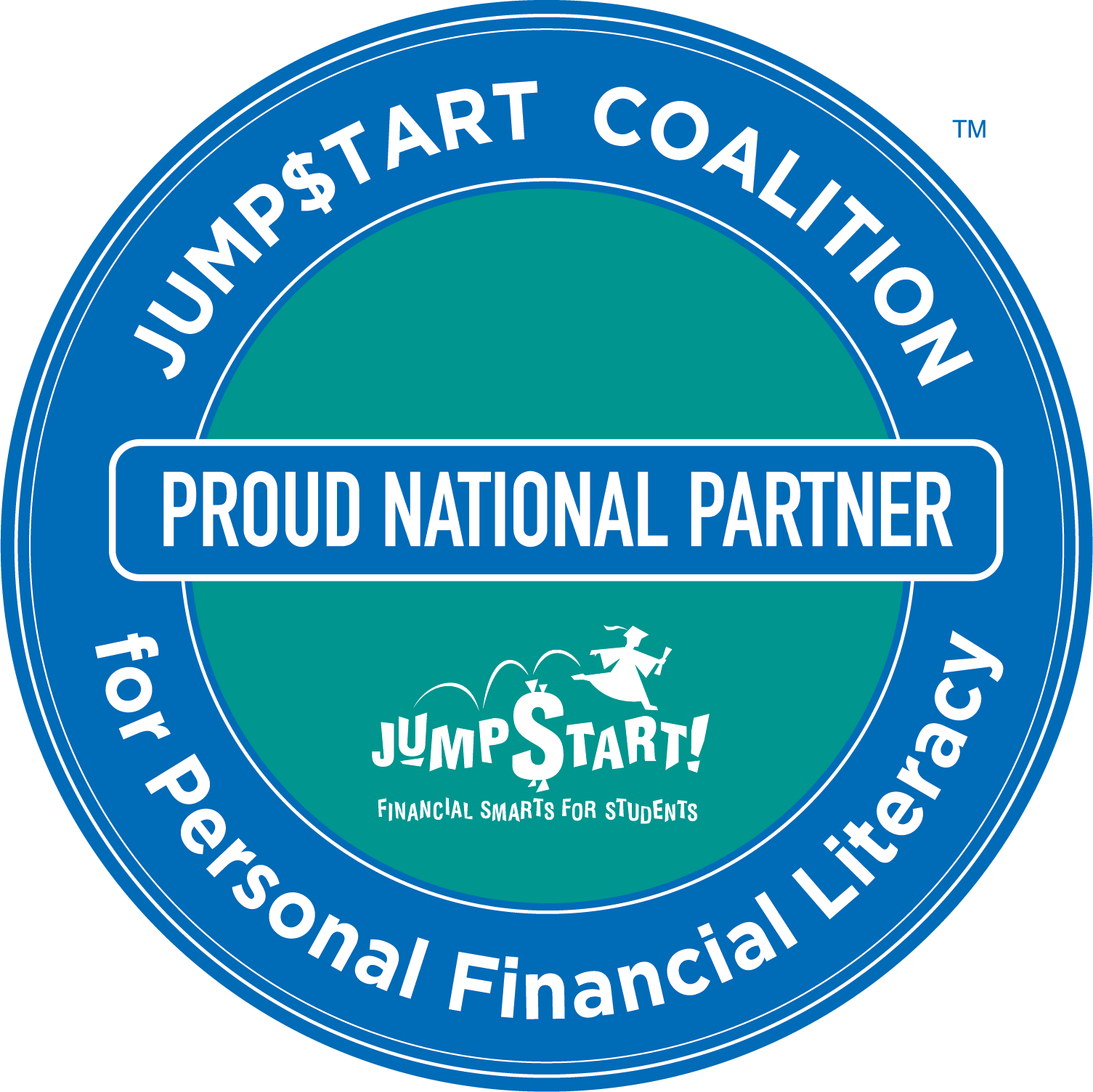Students—in college, or in high school—were likely keeping a close eye on what happened with President Biden’s plan to forgive student loans. The Supreme Court knocked that plan down several months ago, but the Biden administration did unveil a “plan B,” of sorts, in the form of the SAVE Plan.
Given that high school students turn into college students, and many college students are likely worried (or will be) about their student debts, knowing what the program is, and how it may apply to them, is important. As such, we wanted to give high school financial literacy course students, and their teachers, a rundown of the program.
The Biden Administration’s SAVE Plan
First of all, here’s President Biden announcing the plan:
As for the details, the SAVE Plan is an acronym: The Saving on a Valuable Education (SAVE) plan is the longer name. It’s a new type of income-driven repayment plan that will be administered by the Department of Education and was created under the Higher Education Act — which matters if you want to get into the legal nitty gritty of it all.
The plan is scheduled to go into effect on July 1, 2024. These are the main things students should know (per Fast Company):
- Loan balances will be forgiven after 10 years rather than 20 for borrowers with original balances of $12,000 or less.
- Income exemption will increase to 225% of the poverty line from 150%, so single earners earning less than $32,800 per year will not owe payments (or $67,500 for a family of four in most states).
- Undergraduate borrowers will see a reduction in the amount of discretionary income they need to pay each month, from 10% to 5%.
- Borrowers won’t be charged unpaid monthly interest, meaning debt balances will not grow as long as borrowers continue to make monthly payments.
- All student borrowers with federally held loans are eligible to enroll in the plan starting this summer, and those enrolled in the REPAYE plan will be automatically enrolled into the SAVE plan when it’s up and running.
While the SAVE plan is not nearly as broad as Biden’s original plan, it can and likely will save many students a lot of money. But even with the plan, it’ll be up to students to tap into their financial literacy knowledge to make wise decisions with their money, develop a financial plan, and stick to it.
In other words, this isn’t a get-out-of-jail-free card. It’s a government program that may benefit some student borrowers in some way. With that in mind, it may be a good idea to recap the tenets of the Money Vehicle course, and give some thought as to how those concepts can be taught or applied in the context of student loans.
RECAP: The tenets of our financial literacy course for high schools
As a refresher, here are the core tenets of action from the Money Vehicle curriculum:
- Setting monthly and yearly Personal Finance Goals
- Quantifying how much their individual plan can put toward the future
- Setting up a Cash Management system
- Opening foundational bank accounts
- Starting credit history with a credit card
- Identifying a first investment through Index Funds
- Diagnosing ways to confirm coverage and lower your insurance costs
- Implement proactive ways to prevent cyber-attacks
- Synthesize the transaction from Gross to Net income and quantify Federal Income Tax liability
- Open a Roth IRA
Check out the Money Vehicle textbook — you can find it here on Amazon. And if you like what you see, you can get more content sent directly to your inbox! Sign up for the Money Vehicle Movement Newsletter!
And check out our white paper: “Strategies for Increasing Financial Literacy Rates Among High School and College Students”
More from Money Vehicle:









